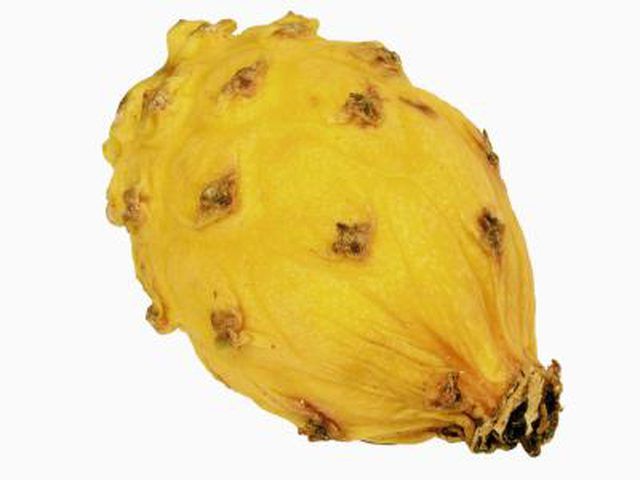Bulbs
Flower Basics
Flower Beds & Specialty Gardens
Flower Garden
Garden Furniture
Garden Gnomes
Garden Seeds
Garden Sheds
Garden Statues
Garden Tools & Supplies
Gardening Basics
Green & Organic
Groundcovers & Vines
Growing Annuals
Growing Basil
Growing Beans
Growing Berries
Growing Blueberries
Growing Cactus
Growing Corn
Growing Cotton
Growing Edibles
Growing Flowers
Growing Garlic
Growing Grapes
Growing Grass
Growing Herbs
Growing Jasmine
Growing Mint
Growing Mushrooms
Orchids
Growing Peanuts
Growing Perennials
Growing Plants
Growing Rosemary
Growing Roses
Growing Strawberries
Growing Sunflowers
Growing Thyme
Growing Tomatoes
Growing Tulips
Growing Vegetables
Herb Basics
Herb Garden
Indoor Growing
Landscaping Basics
Landscaping Patios
Landscaping Plants
Landscaping Shrubs
Landscaping Trees
Landscaping Walks & Pathways
Lawn Basics
Lawn Maintenance
Lawn Mowers
Lawn Ornaments
Lawn Planting
Lawn Tools
Outdoor Growing
Overall Landscape Planning
Pests, Weeds & Problems
Plant Basics
Rock Garden
Rose Garden
Shrubs
Soil
Specialty Gardens
Trees
Vegetable Garden
Yard Maintenance
How to Successfully Grow Dragon Fruit
How to Successfully Grow Dragon Fruit. The dragon fruit plant (Hylocereus undatus) produces an oblong berry, about 4 ½ inches long. This climbing vine is a member of the cactus family, and goes by several common names, including night-blooming cereus and pitaya. Along with the tasty fruit, the dragon fruit plant produces large, edible blossoms...

The dragon fruit plant (Hylocereus undatus) produces an oblong berry, about 4 ? inches long. This climbing vine is a member of the cactus family, and goes by several common names, including night-blooming cereus and pitaya. Along with the tasty fruit, the dragon fruit plant produces large, edible blossoms that bloom around midnight and die by the next morning. The dragon fruit plant can be propagated in two different ways.
Things You'll Need
Dragon fruit seeds
Mature dragon fruit plant
Sharp garden shears
Compost
Potting soil
Sand
Trellis
Growing from Seeds
Plant dragon fruit seeds in compost that is moist but well drained. Do not let the soil dry out. Keep the compost mixture it at a temperature of 65 to 70 degrees Fahrenheit for two to four weeks. The seed will germinate around this time and begin to form a plant.
Water the soil frequently from March through August, then weekly in the fall. For immature plants, continue this pattern until they are ready to flower and fruit. Stop watering mature plants for a month in February. Resume daily watering after four weeks. This process helps the plants to form flowers and subsequently to fruit. Be aware that it can take as long as seven years for a plant grown from seed to mature and produce fruit.
Attach the plant to a strong trellis as it grows, to support the plant and its fruit. Use plant clips, string or other plastic ties to hold it securely in place.
Growing from Cuttings
Clip a section of stem from a mature dragon fruit plant to grow a new plant with characteristics identical to the parent plant. The stem should be cut at an angle and trimmed to a length of anywhere from 6 to 15 inches.
Treat the cut end of the stem with a fungicide. This will prevent the possibility of the stem becoming infected and failing to grow. Store the cut stem in a shady location for seven or eight days. Keep it dry. This allows the stem a chance to dry out and to heal.
Plant the cut end of the stem directly into soil, either in a container or outside in the garden. Drainage is important. The soil should be light and sandy for best results. Protect the plant from frost and too much sun. Plant cuttings grow quickly, over 1 inch per day, and most will produce fruit within nine months of being planted.
Water often during the growing season but reduce watering to once a week from August through January. In February stop all watering. Resume daily watering in March. Watch for flowers to form by mid to late April.
Attach the dragon fruit plant to a sturdy trellis as it grows. These plants get quite large and need extra support in order to grow well. Once established, this plant will fruit and grow for about 20 years.
Tips & Warnings
Dragon fruit can be fertilized every month to boost production. Monitor drainage so that the plant does not succumb to root rot or other diseases. When growing this plant from seeds, one of the drawbacks is that the plant characteristics may be inconsistent, resulting in new plants that differ from the parent plant.
A mature dragon fruit plant with fruit can weigh several hundred pounds. This must be taken into account when training it to grow on a trellis, as the plant will crush or destroy any trellis that is not strong enough to support it.